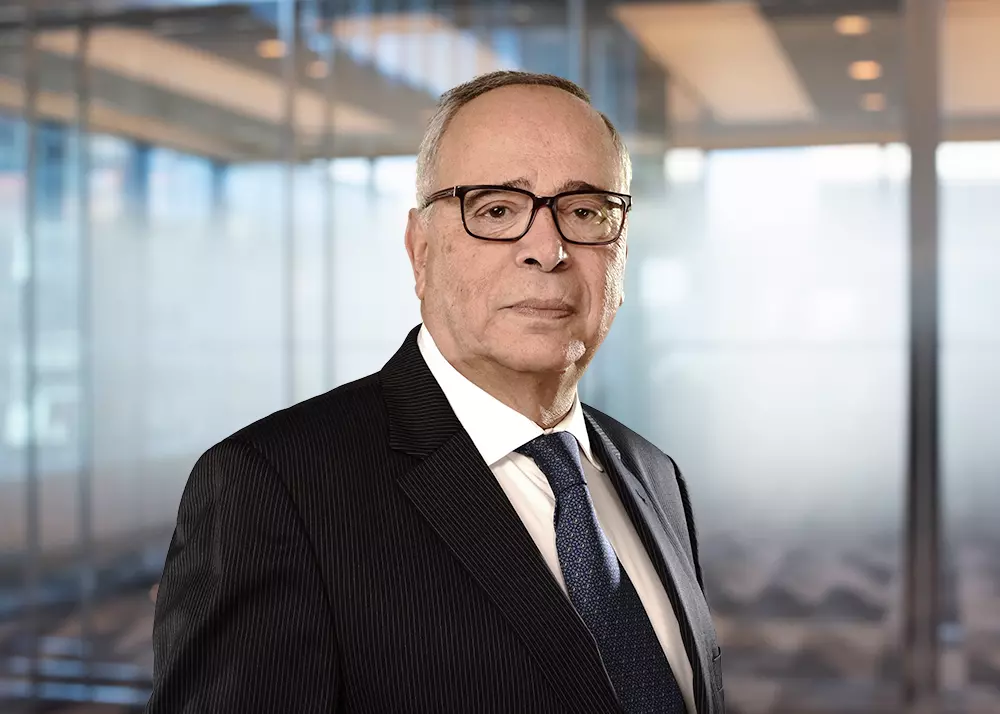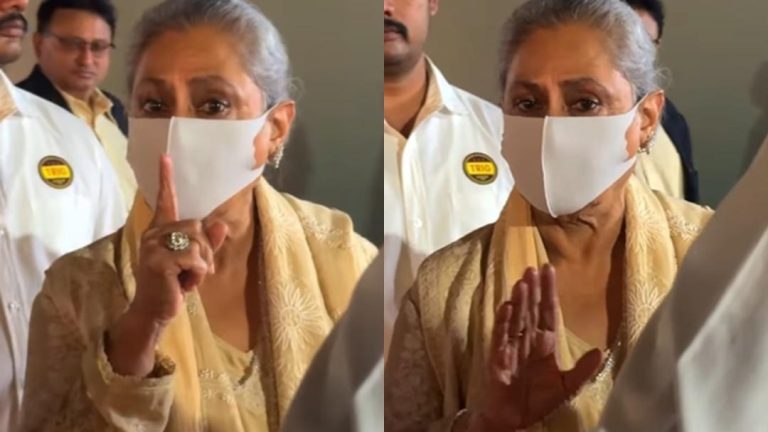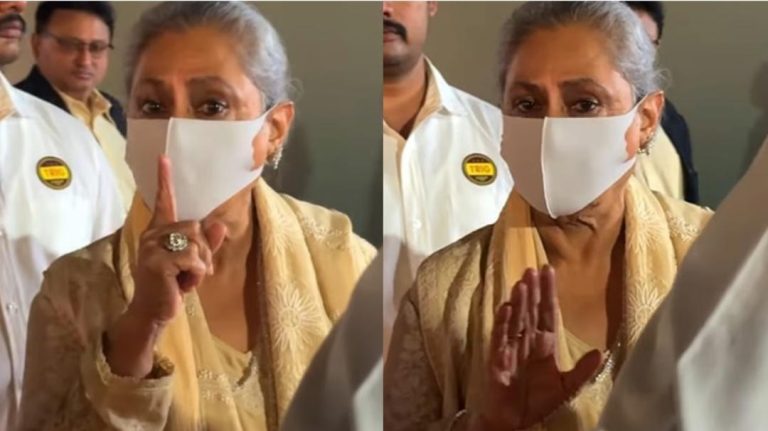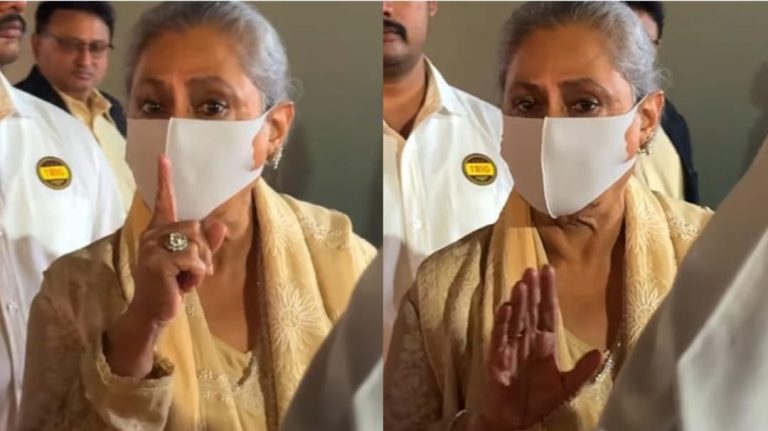
India Overtaking Japan in GDP Isn’t Good, It Has a Fledgling Middle Class: Ex-WEF Chief
Recently, the news has been abuzz with the announcement that India is set to overtake Japan to become the world’s fourth-largest economy in terms of Gross Domestic Product (GDP). While this may be a significant achievement for India, it’s not all cause for celebration, according to Claude Smadja, the former Managing Director of the World Economic Forum (WEF).
Speaking at an event, Smadja cautioned that India’s growth should not be taken as a reason to be complacent. Instead, it’s a wake-up call to accelerate development and work towards making it more inclusive. The main concern, according to Smadja, is that India’s per capita GDP is still far behind that of Japan.
Per capita GDP is a critical indicator of a country’s standard of living, and it’s a reflection of the average income of its citizens. In this regard, Japan is a much more developed economy than India. While India’s GDP growth rate may be impressive, its per capita GDP is still relatively low, indicating that the benefits of growth have not trickled down to the masses.
Smadja’s concerns are echoed by many economists and experts who believe that India’s growth story is not without its challenges. Despite being one of the fastest-growing major economies in the world, India still faces significant hurdles in terms of poverty, inequality, and infrastructure development.
One of the major challenges facing India is the state of its middle class. While India’s economy has grown significantly over the years, its middle class is still relatively small and underdeveloped. According to Smadja, India has a “fledgling middle class,” which means that it is still in its early stages of development.
A middle class is critical for a country’s economic development, as it provides a stable consumer base, drives demand for goods and services, and is a key driver of innovation and entrepreneurship. However, India’s middle class is still struggling to find its footing, and it faces significant challenges in terms of access to education, healthcare, and job opportunities.
Smadja’s concerns about India’s middle class are reflected in the latest data from the World Bank, which shows that India’s middle class accounts for only around 15% of its population. This is much lower than many other emerging economies, such as Brazil and China, where the middle class accounts for around 30% of the population.
So, what does India need to do to develop its middle class and make its growth more inclusive? According to Smadja, the government needs to focus on creating more job opportunities, particularly in the formal sector, and improving access to education and healthcare.
India’s education system is still plagued by issues such as poor infrastructure, inadequate teacher training, and limited access to quality education, particularly in rural areas. Similarly, India’s healthcare system is still struggling to provide quality and affordable healthcare services to its citizens, particularly in rural areas.
To address these challenges, the government needs to invest in education and healthcare infrastructure, and provide targeted support to vulnerable groups such as women and disadvantaged communities.
In conclusion, while India’s growth story is impressive, it’s not without its challenges. To make its growth more inclusive and sustainable, India needs to focus on developing its middle class, creating more job opportunities, and improving access to education and healthcare. As Smadja said, “It’s not in any way any reason for complacency…It’s a reason for accelerating so development…become more inclusive.”
Source: https://www.youtube.com/watch






